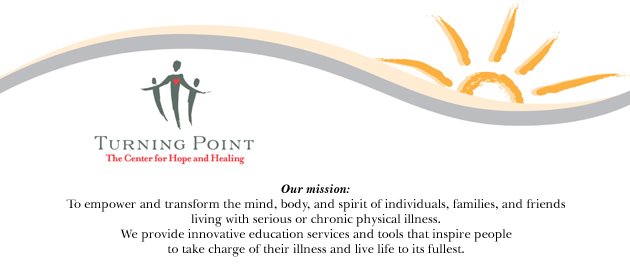Have you ever been at a party or social/work related event and forgotten the name of someone whom you know that you know? Have you ever walked into a room to get something and forgotten why you are there? Have you ever started to ask someone to pass you something only to forget what it is called? “Could you please pass me that……you know, thing over there, I can’t think of the name”.
You could be suffering from “neurotic stupidity”. Yes, there is a name for it, and it has its roots in cognitive psychology.
- Neurotic stupidity is a failure to use the real capacity of our brain due to its being overloaded by information.
- Neurotic stupidity manifests as a failure to process information needed to function well.
- Symptoms of neurotic stupidity include missing important details, having needed information readily drop out of memory, failing to pick up on important social cues, and loss of creative problem solving skills.
- Multitasking and muscular tension are major sources of neurotic stupidity.
Cognitive psychologists say we have a 2.5 bit channel capacity. Our brains can process 2.5 bits of information at a rate of 18 times per second. To get a sense of how limited this is, the average home computer can process 32 bits of information at a rate of 2-3 billion times per second. What this means is that the brain is easily overloaded, and when it overloads we drop information from our memory and miss important information necessary for problem solving and navigating though our world.
The good news is that we have an amazing ability to store information and to take information in. When our brains are allowed to operate at their best, they have remarkable capabilities. We know from years of research that memory has been shown to be almost limitless. But because of our limited channel capacity, the brain can only process small amounts of information per unit of time.
Most people would think that things we see and hear are the greatest sources of information coming into the brain. While it’s true that information from hearing and seeing can overload the brain, the largest source of information processed by the brain comes from our muscles. Muscular tension is the major source of information flow into the brain, and tension goes hand in hand with stress. It is stress and tension that clog our channel capacity, therefore, learning to relax allows us to think more clearly and concentrate more easily.
The cure for neurotic stupidity? Relaxation and self-quieting exercises.
